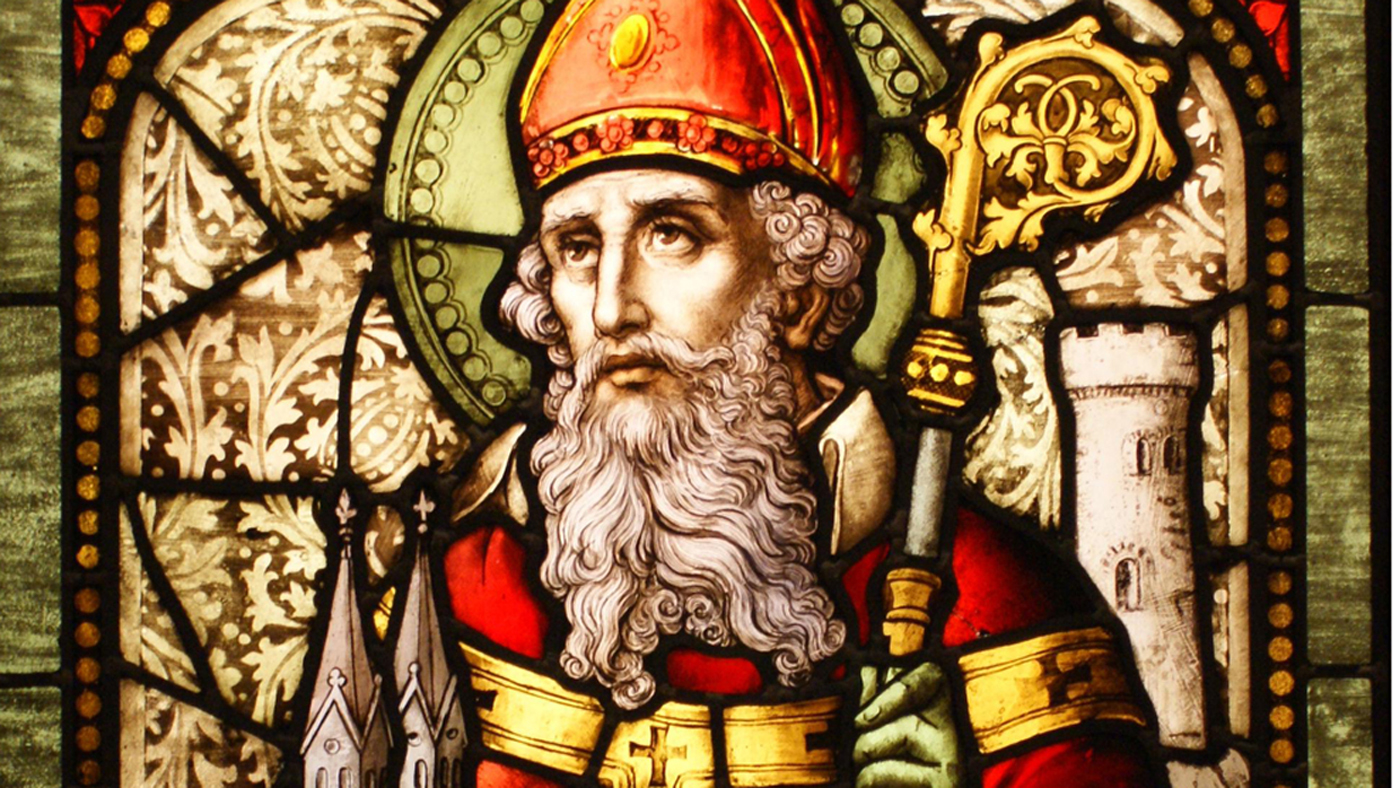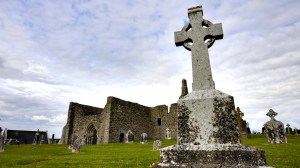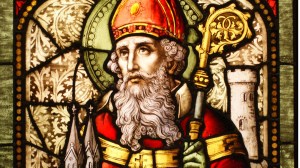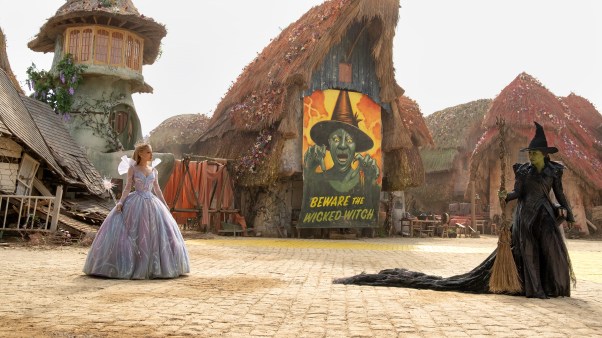In this series
'Tis the season for parades, green beer, shamrocks, and articles talking about why St. Patrick's day isn't all about parades, green beer, and shamrocks.
First, a few misconceptions about Patrick:
Patrick isn't really a Saint with a capital S, having never been officially canonized by Rome. And Patrick couldn't have driven the snakes out of Ireland because there were never any snakes there to begin with. He wasn't even the first evangelist to Ireland (Palladius had been sent in 431,about five years before Patrick went). Patrick isn't even Irish. He's from what's now Dumbarton, Scotland (just northwest of Glasgow).
Patrick was 16 years old in about the year 405, when he was captured in a raid and became a slave in what was still radically pagan Ireland. Far from home, he clung to the religion he had ignored as a teenager. Even though his grandfather had been a priest, and his father a town councilor, Patrick "knew not the true God." But forced to tend his master's sheep in Ireland, he spent his six years of bondage mainly in prayer. He escaped at the suggestion of a dream and returned home.
Patrick was in his mid-40s when he returned to Ireland. Palladius had not been very successful in his mission, and the returning former slave replaced him. Intimately familiar with the Irish clan system (his former master, Milchu, had been a chieftain), Patrick's strategy was to convert chiefs first, who would then convert their clans through their influence. Reportedly, Milchu was one of his earliest converts.
Though he was not solely responsible for converting the island, Patrick was quite successful. He made missionary journeys all over Ireland, and it soon became known as one of Europe's Christian centers. This, of course, was very important to fifth-century Christians, for whom Ireland was one of the "ends of the earth."
Find out more about Patrick in CH issue 60: Celtic Christianity.
Patrick's Confesio, his only authentic literary remains, is great reading and available online at www.ccel.org/ccel/patrick/confession.i.html.












